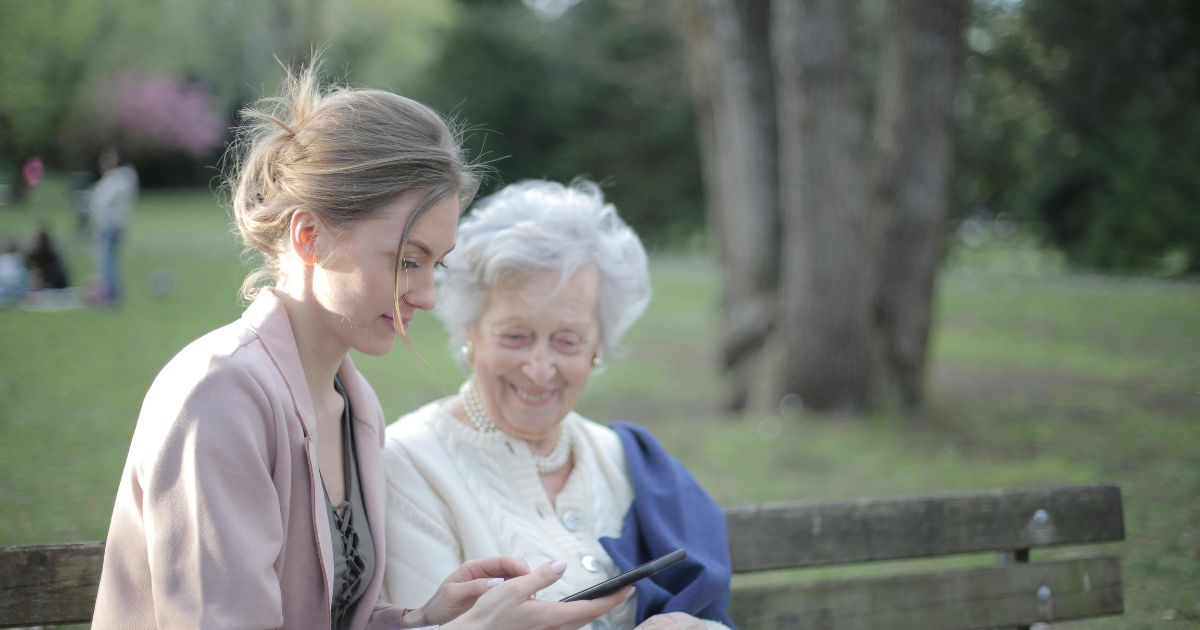Anxiety is one of the most common mental health challenges, affecting millions of people worldwide. While occasional worry is a normal part of life, chronic anxiety can interfere with relationships, work, and overall well-being. If you have a friend, family member, or partner living with anxiety, knowing how to help someone with anxiety is essential.
Providing support goes beyond simply offering reassurance—it involves understanding their triggers, knowing practical coping strategies, and creating an environment where they feel safe, respected, and understood. With the right tools and a compassionate approach, you can make a meaningful difference in their journey toward stability and peace of mind.
Identifying Signs of Anxiety in Loved Ones
Anxiety doesn’t always present in obvious ways. Some people display visible symptoms, while others mask their struggles. Recognizing these signs can help you offer timely and appropriate support.
Common signs include:
- Excessive worry that is difficult to control.
- Restlessness or a constant feeling of being “on edge.”
- Irritability or mood changes.
- Physical symptoms such as rapid heartbeat, sweating, or trembling.
- Difficulty concentrating or feeling mentally foggy.
- Avoidance of certain situations due to fear or anxiety.
San Jose Mental Health
Coping Strategies for Anxiety Relief
Coping strategies give individuals tools to manage anxiety in real-time and over the long term. As a supporter, you can gently introduce these ideas without pressure, allowing them to choose what feels most comfortable.
Practical coping strategies include:
- Encouraging them to break overwhelming tasks into smaller steps.
- Supporting regular physical activity to release tension and improve mood.
- Suggesting creative outlets such as art, music, or writing to process emotions.
- Helping them set realistic goals to avoid overcommitment.
Stress Reduction Techniques for a Calmer Mind
Chronic stress can worsen anxiety symptoms, so incorporating stress reduction methods into daily life can be highly beneficial. These techniques focus on creating balance and reducing the impact of everyday stressors.
Effective stress reduction techniques include:
- Scheduling short breaks throughout the day for mental rest.
- Practicing gratitude journaling to shift focus from worries to positive experiences.
- Encouraging time spent outdoors to improve mood and reduce mental fatigue.
- Setting boundaries to prevent burnout from work or social obligations.

Relaxation Techniques to Ease Anxiety
Relaxation techniques help counteract the body’s stress response, lowering heart rate, relaxing muscles, and calming the mind. These can be practiced daily or during moments of heightened anxiety.
Examples include:
| Relaxation Technique | Description | Key Benefit |
| Progressive Muscle Relaxation | Tense and then release each muscle group in the body to relieve built-up tension. | Reduces physical stress and promotes overall relaxation. |
| Visualization | Imagine a peaceful, safe place in vivid sensory detail, engaging sight, sound, touch, and smell. | Creates a mental escape from stress and calms the mind. |
| Gentle Yoga or Stretching | Combine slow, controlled movements with focused breathing. | Enhances flexibility, lowers muscle tension, and supports mindfulness. |
Providing Emotional Support to Those With Anxiety
Emotional support is about listening without judgment, validating feelings, and offering encouragement. For someone with anxiety, knowing they have a steady support system can be incredibly comforting.
Ways to provide emotional support include:
- Active Listening
- Validation
- Patience
San Jose Mental Health
Mindfulness Exercises for Anxiety Management
Mindfulness helps individuals focus on the present moment, reducing overthinking and breaking the cycle of worry. It can be a powerful complement to other anxiety management strategies.
Mindfulness practices include:
| Mindfulness Technique | Description | Key Benefit |
| 5-4-3-2-1 Grounding | Notice five things you see, four you can touch, three you can hear, two you can smell, and one you can taste. | Redirects focus to the present moment and reduces anxiety. |
| Mindful Breathing | Pay full attention to each inhale and exhale, noticing the rhythm and sensation of your breath. | Promotes calmness and mental clarity. |
| Body Scan Meditation | Gradually focus on each part of the body from head to toe, releasing tension as you go. | Relieves physical stress and enhances body awareness. |
The Role of Cognitive Behavioral Therapy in Anxiety
Cognitive Behavioral Therapy (CBT) is one of the most effective treatments for anxiety. It focuses on identifying unhelpful thought patterns and replacing them with healthier, more balanced perspectives.
CBT may involve:
- Keeping thought journals to identify negative thinking triggers.
- Practicing exposure to feared situations in a gradual, controlled way.
- Learning problem-solving skills to manage challenges without panic.
Breathing Exercises for Immediate Anxiety Relief
Breathing exercises can provide quick relief during moments of acute anxiety or panic. They work by calming the nervous system and reducing physical symptoms.
Techniques to try include:
| Breathing Technique | Description | Key Benefit |
| Box Breathing | Inhale for 4 seconds, hold for 4, exhale for 4, hold for 4. | Regulates breathing and calms the nervous system. |
| 4-7-8 Breathing | Inhale for 4 seconds, hold for 7, exhale slowly for 8. | Promotes deep relaxation and reduces anxiety. |
| Diaphragmatic Breathing | Focus on expanding the belly during inhalation for deeper, more calming breaths. | Improves oxygen intake and lowers stress levels. |
Accessing Mental Health Resources and Support
Finding the right resources is a crucial part of managing anxiety effectively. These resources provide education, guidance, and community support.

Options include:
- Local mental health clinics and therapists specialize in anxiety disorders.
- Online platforms offering therapy, coaching, and guided relaxation programs.
- Support groups for individuals and families coping with anxiety.
- Educational materials from organizations like the Anxiety & Depression Association of America (ADAA).
Provide Compassionate Support for Anxiety with San Jose Mental Health Assistance
Helping someone with anxiety is a journey that requires patience, empathy, and practical strategies. At San Jose Mental Health, we specialize in anxiety care, offering tailored support plans that address both the emotional and physical aspects of anxiety disorders.
Contact San Jose Mental Health today to learn how we can help you and your loved ones find lasting relief and a renewed sense of calm.
San Jose Mental Health
FAQs
- What are effective coping strategies for providing emotional support to someone with anxiety?
Active listening, validating feelings, and offering consistent encouragement are essential. Avoid dismissing their worries, and instead focus on creating a safe space for open conversation.
- How can stress reduction techniques be used to support a loved one with anxiety?
Encouraging breaks, practicing gratitude, spending time outdoors, and setting healthy boundaries can all help reduce stress and, in turn, ease anxiety symptoms.
- What relaxation techniques can help ease anxiety for a friend or family member?
Progressive muscle relaxation, visualization, and gentle yoga effectively promote calmness and reduce tension.
- How do mindfulness exercises contribute to anxiety management and emotional support?
Mindfulness helps break the cycle of worry by grounding individuals in the present moment, making it easier to manage anxious thoughts.
- What role does cognitive behavioral therapy play in anxiety relief and accessing mental health resources?
CBT teaches individuals to identify and challenge negative thought patterns, replacing them with constructive coping strategies for long-term relief.








